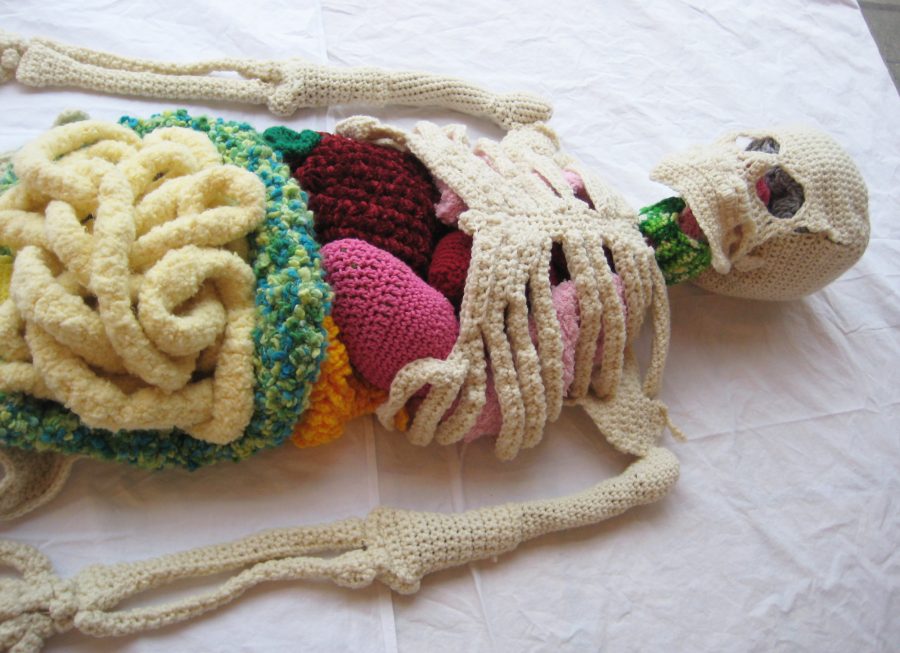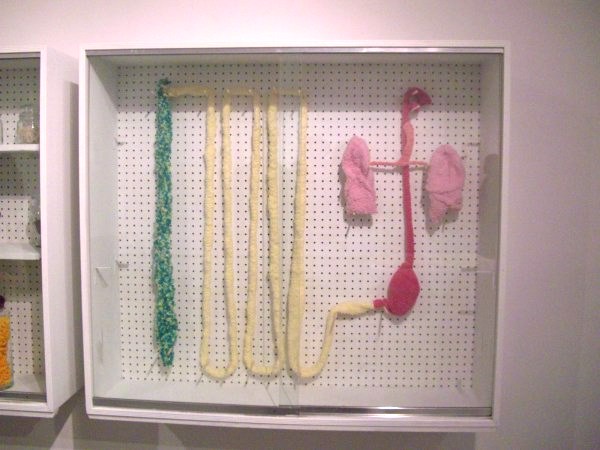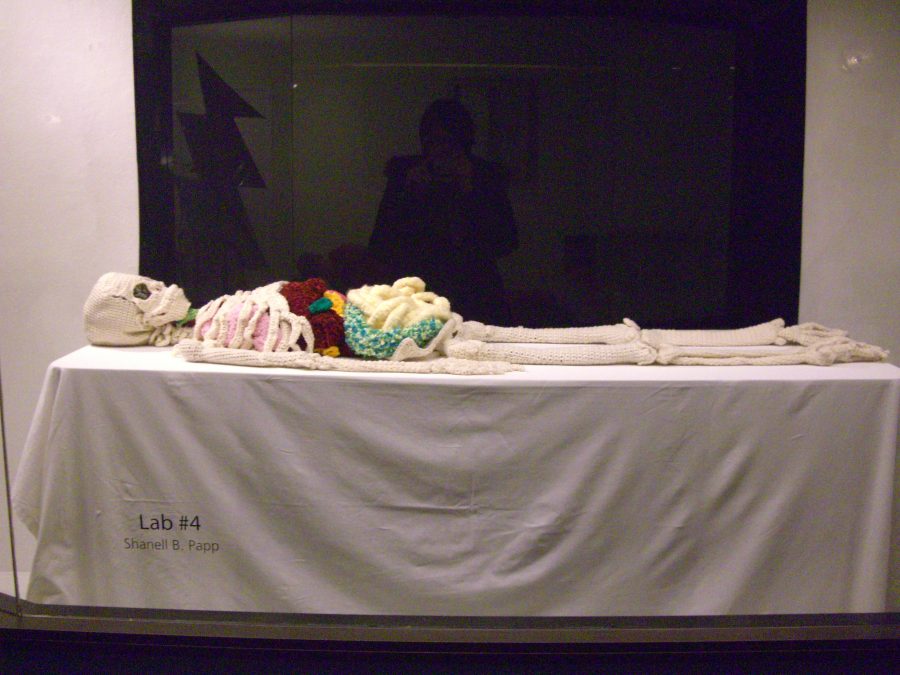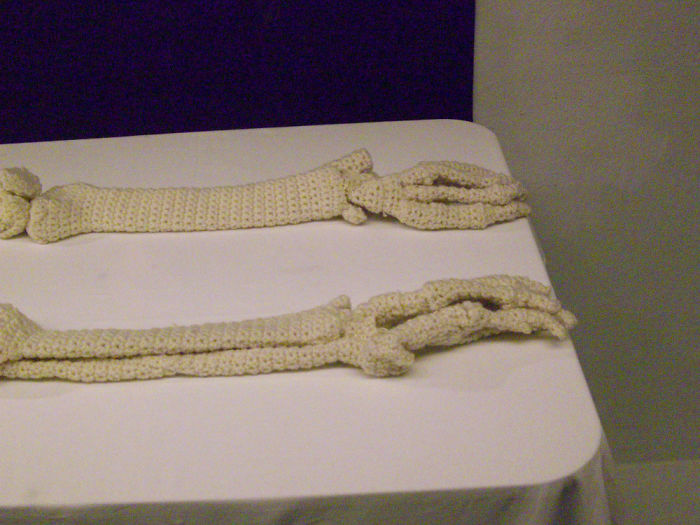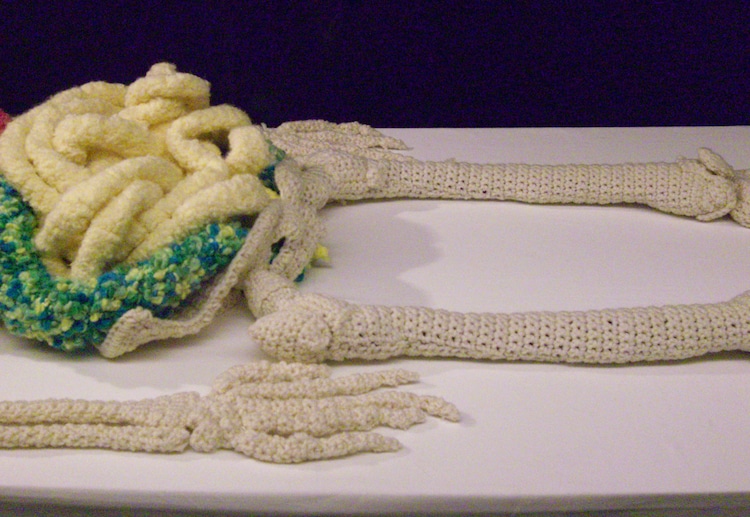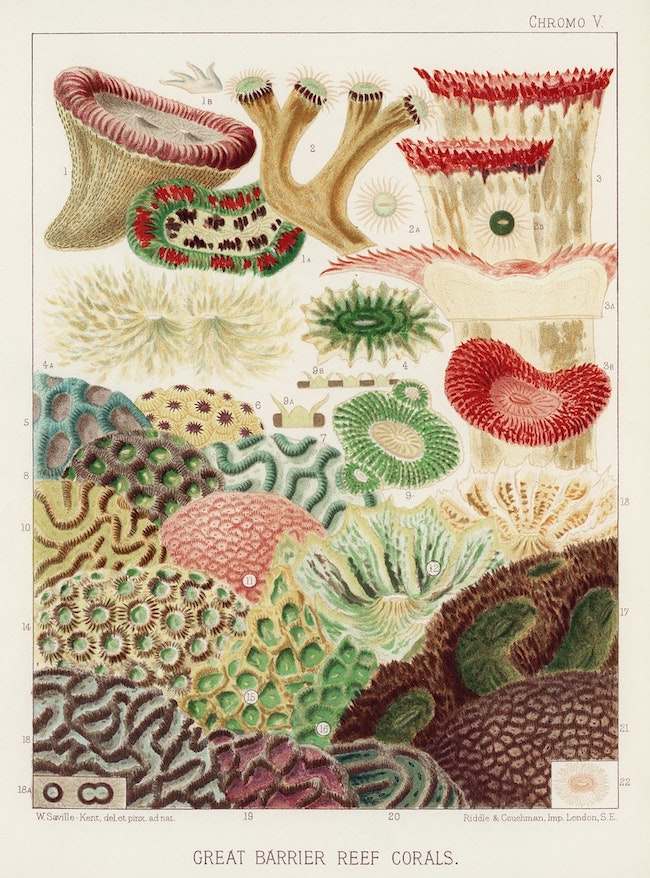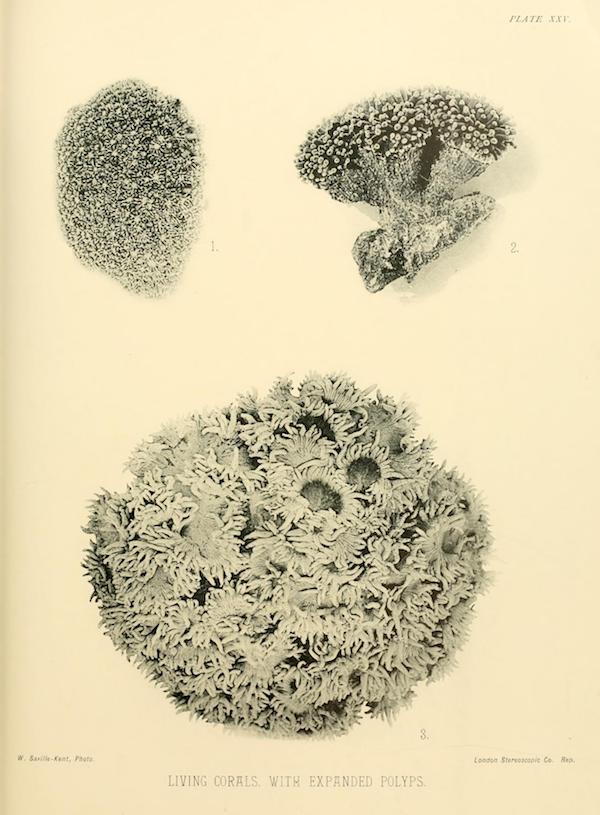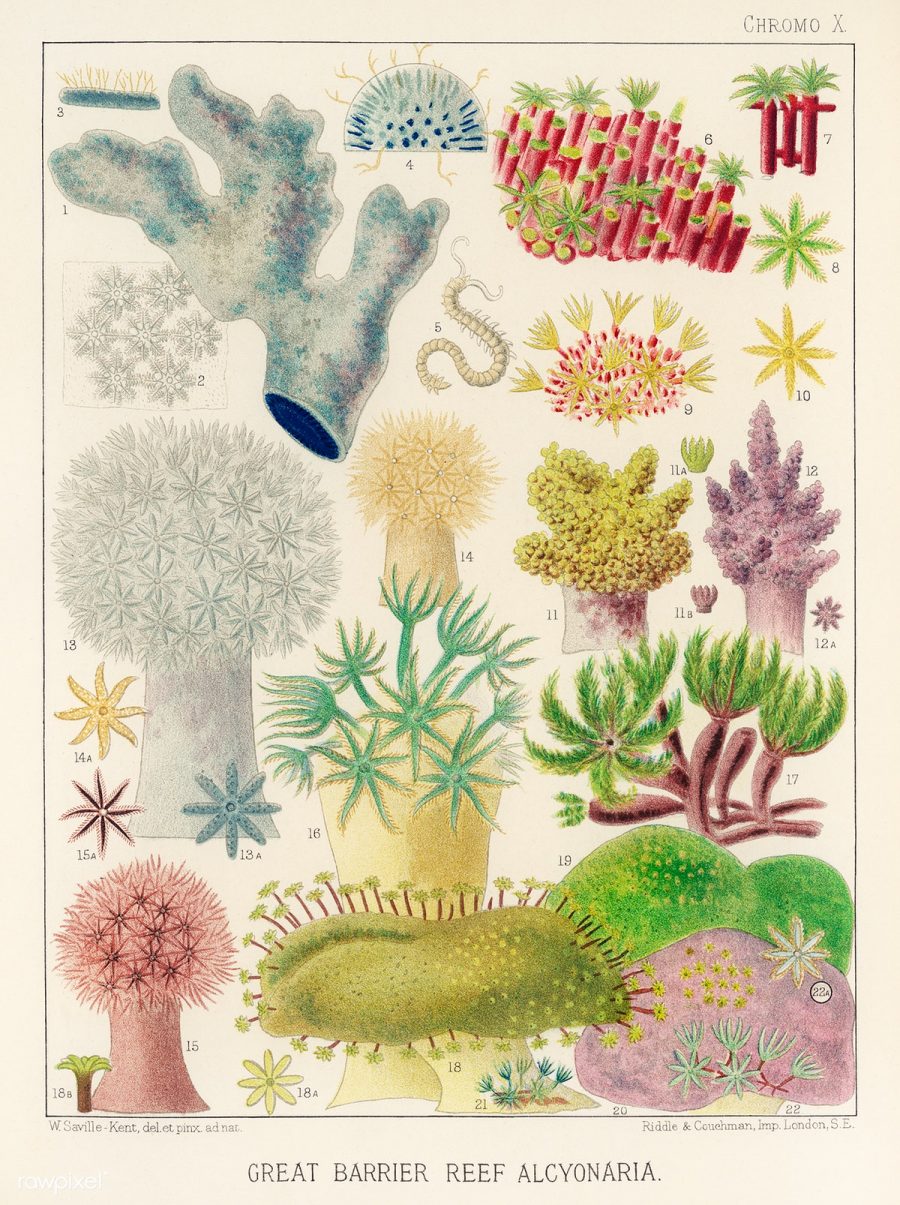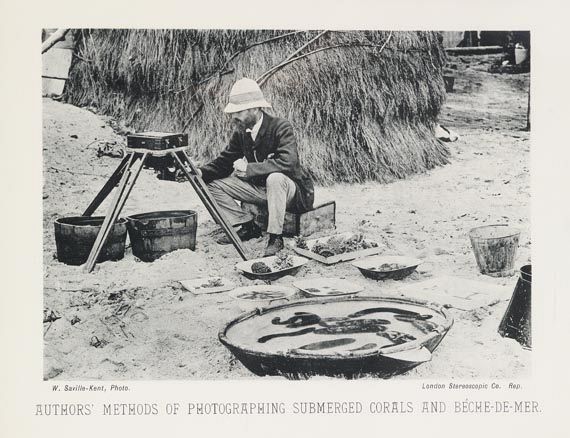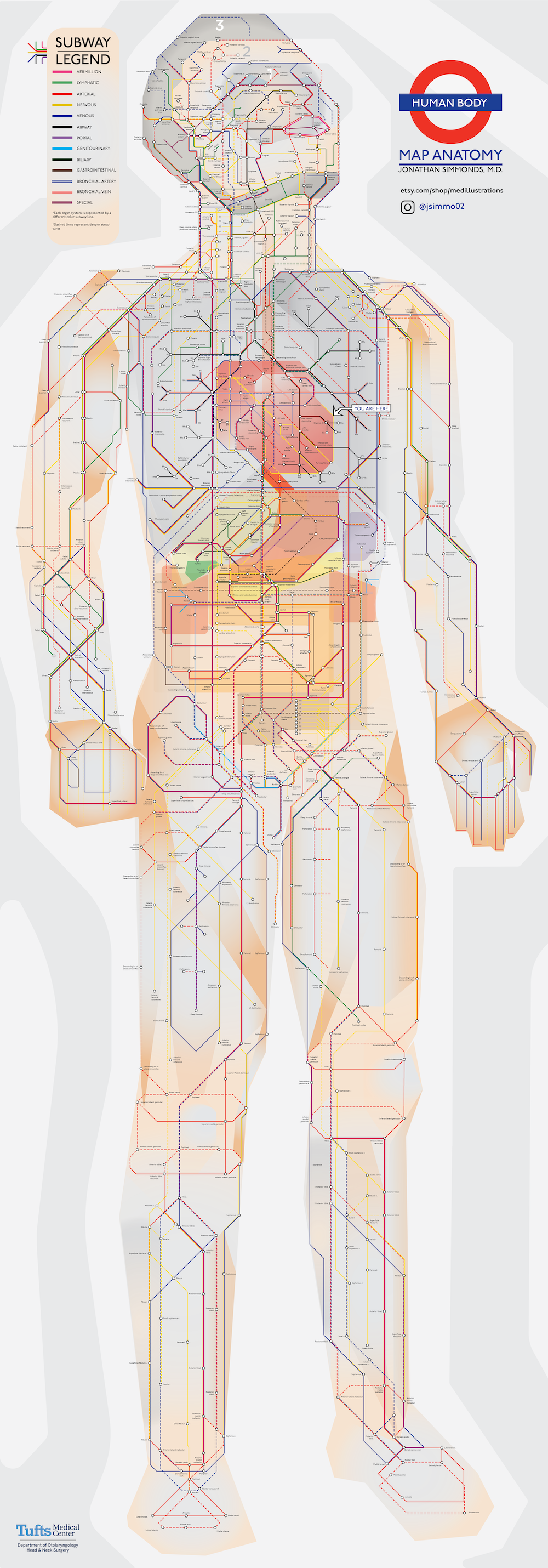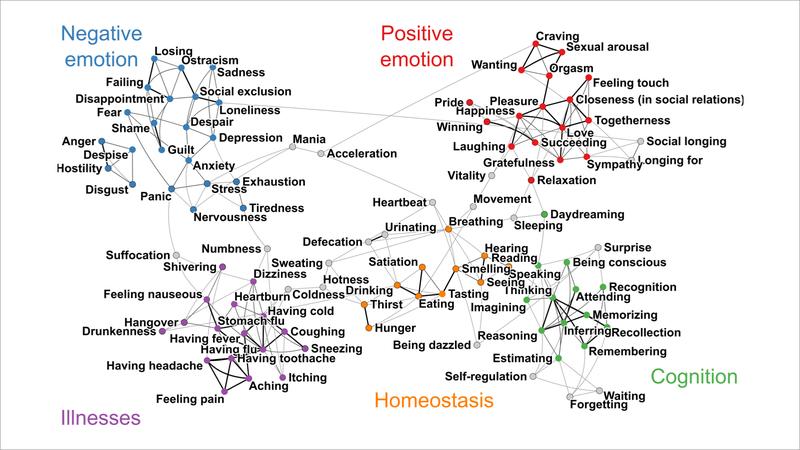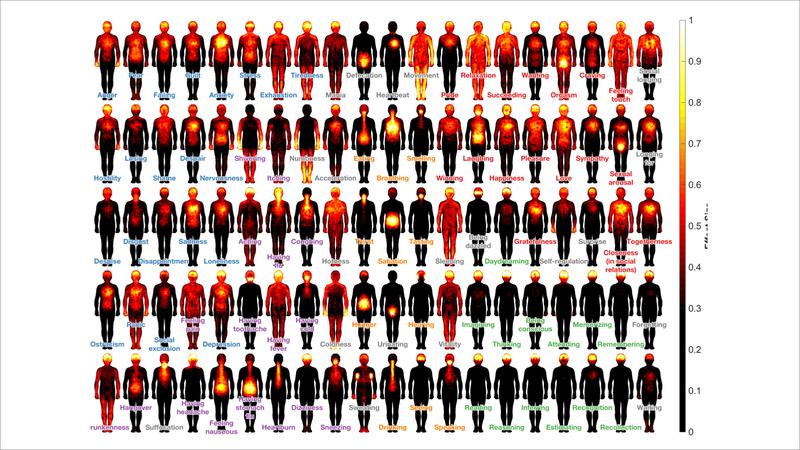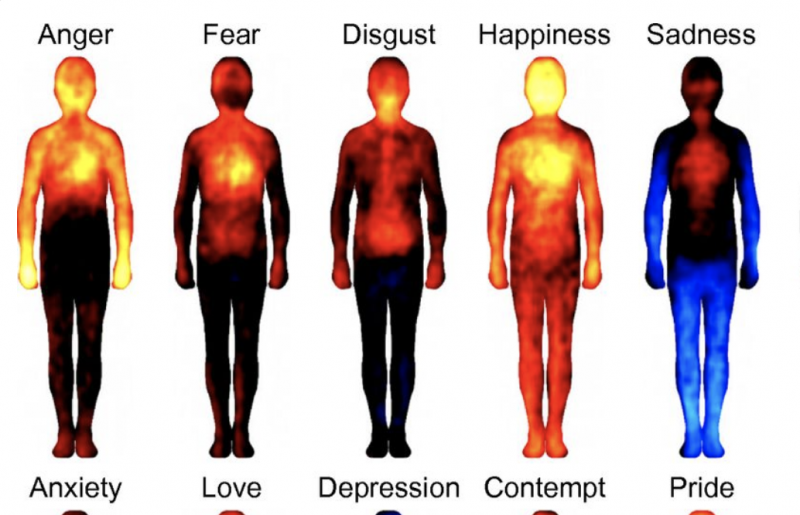With regard to the sleeping and waking of animals, all creatures that are red-blooded and provided with legs give sensible proof that they go to sleep and that they waken up from sleep; for, as a matter of fact, all animals that are furnished with eyelids shut them up when they go to sleep.
Furthermore, it would appear that not only do men dream, but horses also, and dogs, and oxen; aye, and sheep, and goats, and all viviparous quadrupeds; and dogs show their dreaming by barking in their sleep. With regard to oviparous animals we cannot be sure that they dream, but most undoubtedly they sleep.
And the same may be said of water animals, such as fishes, molluscs, crustaceans, to wit crawfish and the like. These animals sleep without doubt, although their sleep is of very short duration. The proof of their sleeping cannot be got from the condition of their eyes-for none of these creatures are furnished with eyelids—but can be obtained only from their motionless repose.
-Aristotle, The History of Animals, Book IV, Part 10,350 B.C.E
2,369 years later, Marine Biologist David Scheel, a professor at Alaska Pacific University, witnessed a startling event, above, that allowed him to expand on Aristotle’s observations, at least as far as eight-armed cephalopod mollusks—or octopi—are concerned
Apparently, they dream.
Scheel, whose specialties include predator-prey ecology and cephalopod biology, is afforded an above-average amount of quality time with these alien animals, courtesy of Heidi, an octopus cyanea (or day octopus) who inhabits a large tank of salt water in his living room.
Scheel’s usual beat is cold water species such as the giant Pacific octopus. Heidi, who earned her name by shyly sticking to the farthest recesses of her artificial environment upon arrival, belongs to a warmer water species who are active during the day. Very active. Once she realized that Scheel and his 16-year-old daughter, Laurel, were instruments of food delivery, she came out of her shell, so to speak.
The hours she keeps affords her plenty of stimulating playtime with Laurel, who’s thrilled to have an animal pal who’s less ambivalent than her pet goldfish and outdoor rabbit.
Meanwhile, the co-housing arrangement provides Professor Scheel with an intimacy that’s impossible to achieve in the lab.
He was not expecting the astonishing nocturnal behavior he recorded, above, for the hour-long PBS Nature documentary Octopus: Making Contact.
As Heidi slept, she changed colors, rapidly cycling through patterns that correspond to her hunting practices. Scheel walks viewers through:
So, here she’s asleep, she sees a crab, and her color starts to change a little bit.
Then she turns all dark.
Octopuses will do that when they leave the bottom.
This is a camouflage, like she’s just subdued a crab and now she’s going to sit there and eat it and she doesn’t want anyone to notice her.
It’s a very unusual behavior to see the color come and go on her mantel like that.
I mean, just to be able to see all the different color patterns just flashing, one after another.
You don’t usually see that when an animal is sleeping.
This really is fascinating.
But, yeah, if she’s dreaming, that’s the dream.
As dreams go, the narrative Scheel supplies for Heidi seems extremely mundane. Perhaps somewhere out on a coral reef, another octopus cyanea is dreaming she’s trapped inside a small glass room, feasting on easily gotten crab and occasionally crawling up a teenaged human’s arm.
Watch the full episode for free through October 31 here.
via Laughing Squid/This is Colossal
Related Content:
Every U.S. Vice President with an Octopus on His Head: Kickstart The Veeptopus Book
Environment & Natural Resources: Free Online Courses
Ayun Halliday is an author, illustrator, theater maker and Chief Primatologist of the East Village Inkyzine. Join her in NYC tonight, Monday, October 7 when her monthly book-based variety show, Necromancers of the Public Domaincelebrates the art of Aubrey Beardsley. Follow her @AyunHalliday.
